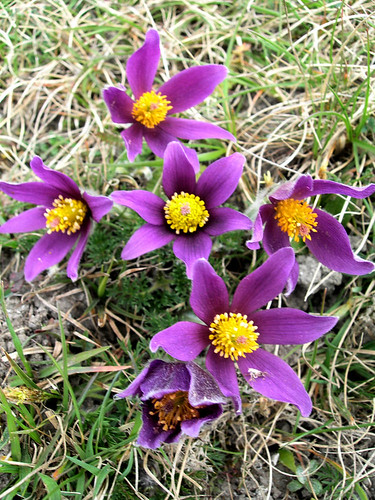 A biome is a big area that has different types of plants and animals. It is decided what type of biome it is by the climate, rock formations, water sources, different types of soil, and latitude.
A biome is a big area that has different types of plants and animals. It is decided what type of biome it is by the climate, rock formations, water sources, different types of soil, and latitude.This picture shows different types of biomes around the globe. Each color represents a different biome.
How many different types of biomes can you name?
http://www.enotes.com/science-fact-finder/environment/what-biome
How many different types of biomes can you name?
http://www.enotes.com/science-fact-finder/environment/what-biome








